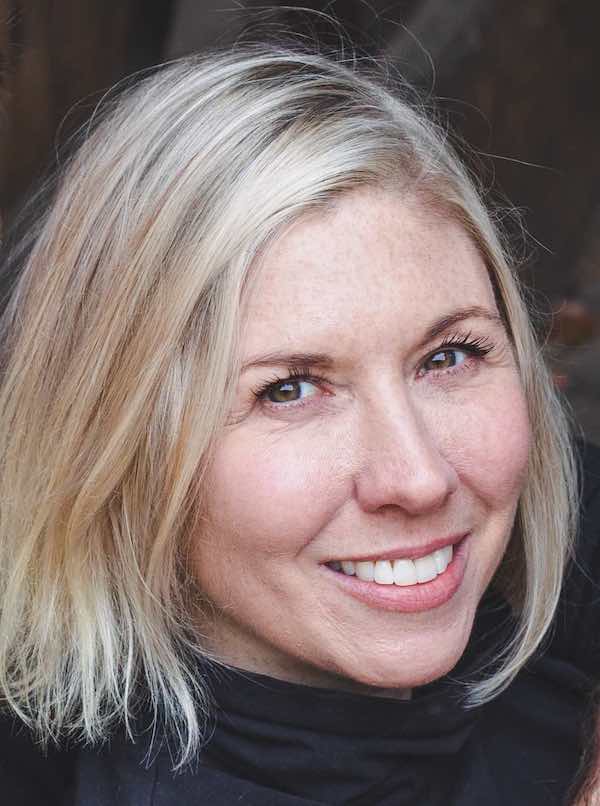
Researchers from the Buchmann Institute for Molecular Life Sciences at Goethe University in Frankfurt am Main, Germany have used the microArch® S140, a microscale 3D printer from Boston Micro Fabrication (BMF), to help fabricate miniaturized vessels called hydrowells for culturing 3D cellular spheroids under microgravity conditions. The effort was part of the Spheroid Aggregation and Viability in Space, or SHAPE, experiment, which is supported by the German Aerospace Center (DLR) and will be performed aboard the International Space Station (ISS), where scientific research is performed in low-earth orbit.
Hydrowells and Spheroids for Cell Cultures
Custom hydrogel well-plates, or hydrowells, are made a with agarose, a polysaccharide. Hydrowells are used instead of plastic or glass vessels for containing spheroids in microgravity. Cellular spheroids are three-dimensional tissue model particularly suitable for applications such as regenerative medicine and cancer research. The hydrowell non-adhesive compartments facilitate media exchange through simple diffusion and provide a fully biocompatible environment. Spheroids, 3D cell cultures that are grown in suspension within individual hydrowells, arrange themselves into sphere-like formations. Hydrowells prevent individual spheroids from aggregating into uncontrolled sizes.
The SHAPE experiment in which the Buchmann Institute for Molecular Life Sciences participated required specially-designed hydrowells with a funnel-shaped entrance, a cylindrical cross-section, and a bottom section that was either U-shaped, conical, or truncated. The shape of this bottom section facilitates spheroid formation and long-term cell culturing. The hydrowells were produced from positive molds, which are convex in shape. Microscale 3D printing was chosen for mold fabrication because it can achieve high resolution, produce smooth surfaces, use high-performance materials, and support rapid development.
Microscale 3D Printing Equipment and Materials
The BMF microscale printer that was used, the microArch® S140, has an optical resolution of 10 µm and can produce parts with a surface finish of 0.4-0.9 µm Ra (top) and 1.5-2.5 µm Ra (side). The technology that powers the S140, projection micro-stereolithography (PµSL), provides a degree of smoothness and precision that greatly outperforms that of standard stereolithographic (SLA) printers, which have ~25-50 µm resolution. BMF’s ultra-high resolution equipment uses engineering-grade photosensitive resins and prints layer thicknesses from 10 µm~40 µm. BMF also supports an open material system.
BMF HT200 resin, the material that was used to produce the positive hydrowell molds, can withstand high temperatures up to 200° C and combines high-strength with durability. This resin’s resistance to high temperatures and pressures supported its use with autoclaving, a form of sterilization, to avoid bacterial contamination of the hydrowells. Layer definition was preserved after autoclaving, and no warping or delamination was observed. Moreover, the thermal and mechanical properties of this 3D printed material ensured the outstanding and consistent quality of the final product.
Resolution, Surface Finish, and Autoclaving
Dr. Francesco Pampaloni, PhD, tenured staff scientist and principal investigator, led the team at Goethe University and tested the 3D printed parts for use as positive molds in hydrowell fabrication. “The BMF micromolds have a superior resolution and surface finish, which allows the fabrication of high-quality hydrowells to reliably produce spheroids with a consistent size,” Dr. Pampaloni said. He added that the 3D printing material used for the molds can “fully withstand wet autoclaving at 121°C and 2.1 bar, ensuring the sterility of the hydrowells”.
For more information about the microArch® S140 and PµSL technology, contact BMF.

